Planting green peas for 2015
cs6000
9 years ago
Related Stories

COLORBest Ways to Use the Neutral Green Color of 2015
Benjamin Moore’s Color of the Year is soft and natural
Full Story
COOL-SEASON CROPSCool-Season Vegetables: How to Grow Peas
Their sweetness isn't just for spring. Peas thrive in cool weather too, adding a garden-fresh note to soups, salads and more through fall
Full Story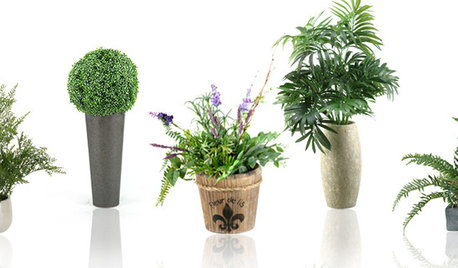
SHOP HOUZZShop Houzz: The Forever-Green Faux-Plant Sale
Save 20% on artificial plants, flowers and bushes
Full Story0
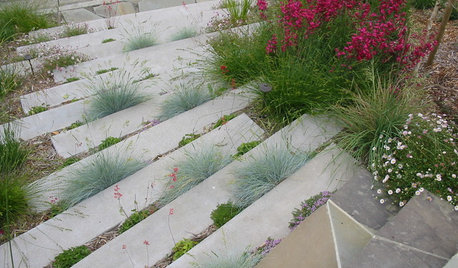
PLANTING IDEASPlant Your Hardscape for Unexpected Green
Nestle greenery among pavers, steps and more for a yard brimming with life and creativity
Full Story
MOST POPULARHow to Start a Cool-Season Vegetable Garden
Late summer and late winter are good times to plan and plant cool-season crops like salad greens, spinach, beets, carrots and peas
Full Story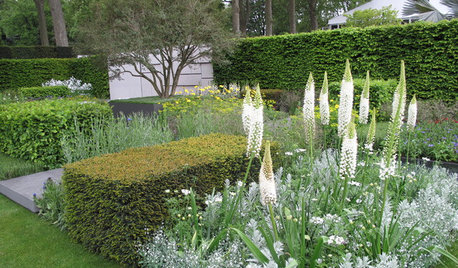
GARDENING GUIDESGreat Garden Ideas From the 2015 Chelsea Flower Show
Peruse inspiring plants, plant combinations and design ideas from London’s famed garden exhibition
Full Story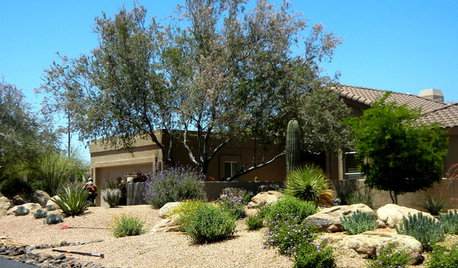
GARDENING GUIDESGreat Design Plant: Olneya Tesota Offers Desert Shade
This long-lived Southwestern native tree decorates the sky with its dusty gray-green foliage and lavender-colored blossoms
Full Story
GREEN BUILDINGBuilding Green: How to Design a Healthier Landscape
Plant selection, water management, fire-prevention measures and more can ensure that your landscape is good for the planet and for you
Full Story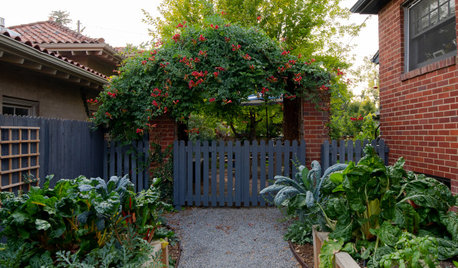
GARDENING GUIDES12 Edibles Perfect to Plant in Late Summer
Keep those homegrown vegetables and greens coming well into fall
Full Story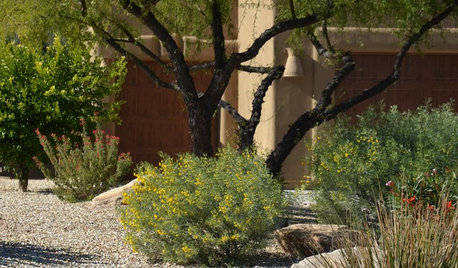
GARDENING GUIDESGreat Design Plant: Feathery Cassia for Fragrance in Arid Gardens
Aromatic and golden, this shrub’s flowers enliven dry, sunny landscapes — and its lacy gray-green foliage looks great too
Full Story






Okiedawn OK Zone 7
karoliberty OKC zone 7a
Related Professionals
Fillmore Landscape Architects & Landscape Designers · Peabody Landscape Contractors · Maple Valley Landscape Contractors · Cockeysville Landscape Contractors · Dallas Landscape Contractors · Holland Landscape Contractors · Lees Summit Landscape Contractors · Live Oak Landscape Contractors · Severna Park Landscape Contractors · Tacoma Landscape Contractors · Woodbury Landscape Contractors · Palos Heights Landscape Contractors · Bowie Decks, Patios & Outdoor Enclosures · Kalamazoo Decks, Patios & Outdoor Enclosures · Redmond Decks, Patios & Outdoor Enclosuresmulberryknob
karoliberty OKC zone 7a